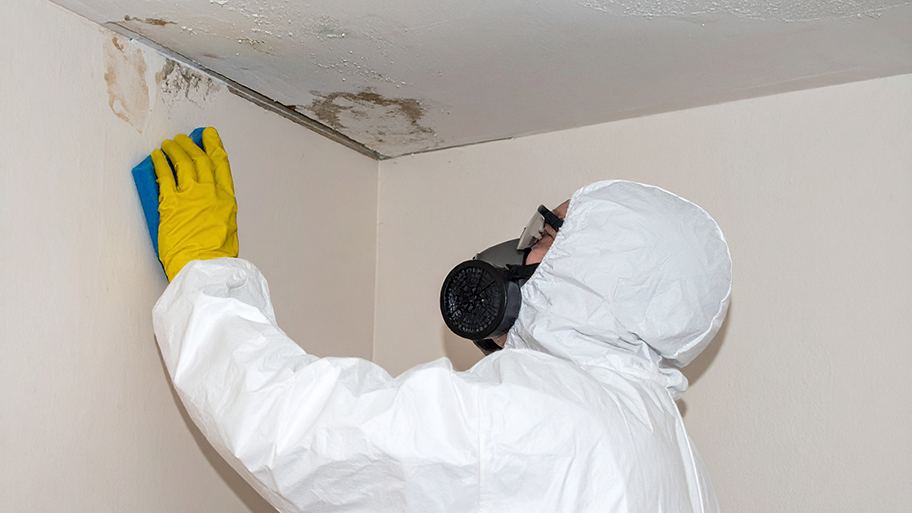
Mold remediation cost can quickly escalate. But if you have mold in your home, the cost for mold remediation is worth it.
Stop mold growth for good
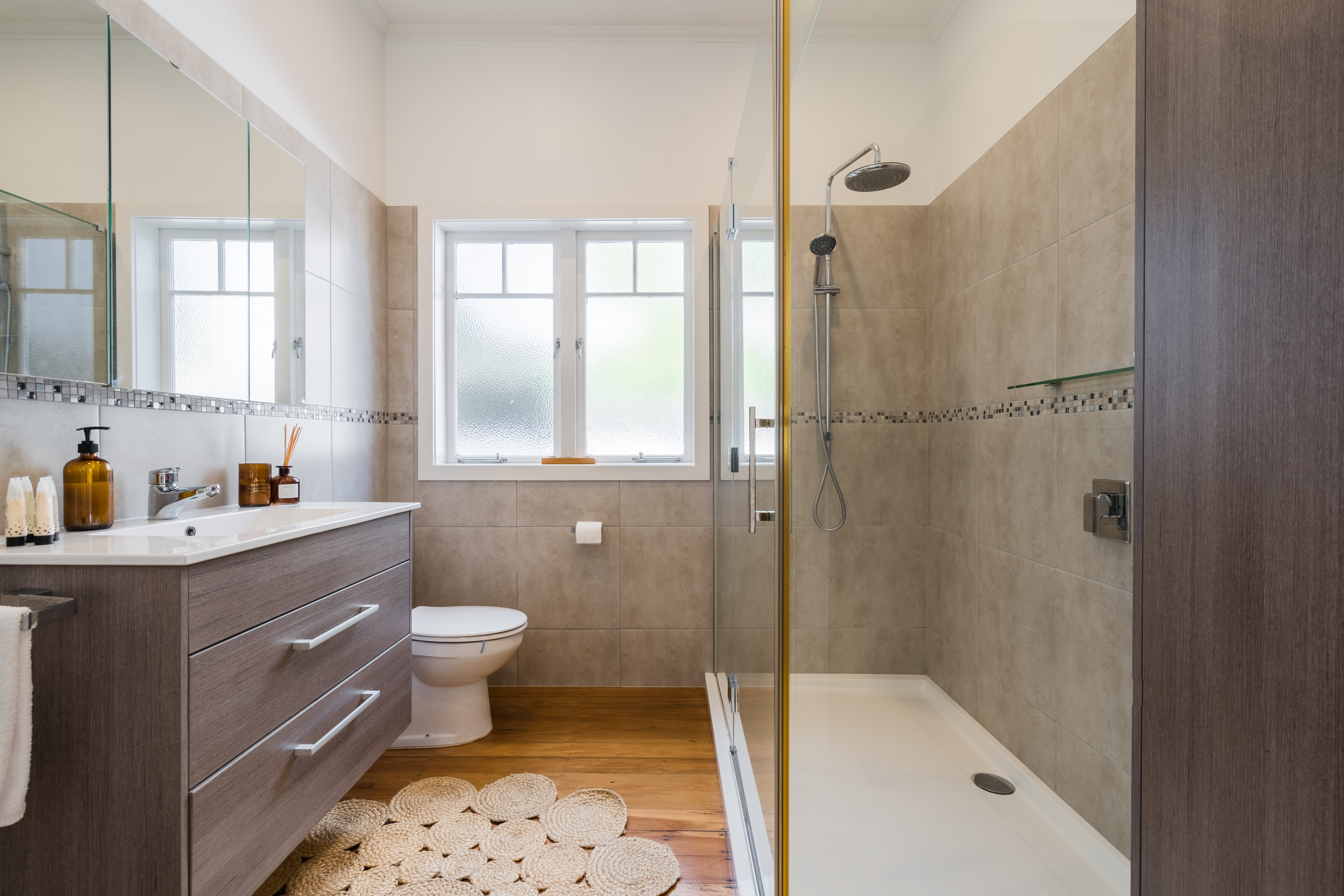

Mold remediation is the holistic process of identifying, eradicating, and preventing mold growth. If mold is suspected, remediation is crucial for keeping residents safe and healthy and preventing damage to the property should the mold continue to grow. These 10 essential tips cover the basics of mold remediation, from spotting warning signs to effectively removing infestations.
In many cases, it’s worth hiring a local mold removal expert instead of attempting the remediation process by yourself, as mold can have consequences for your health and your home.
The Environmental Protection Agency (EPA) recommends hiring a pro when the area of mold growth is larger than 10 square feet. Homeowners can eradicate smaller areas of mold by themselves, as long as they follow the proper guidelines and there isn’t extensive water damage. The cost of mold remediation varies widely based on the extent of the growth. Expect to pay between $1,250 and $3,750 for an average mold remediation job.
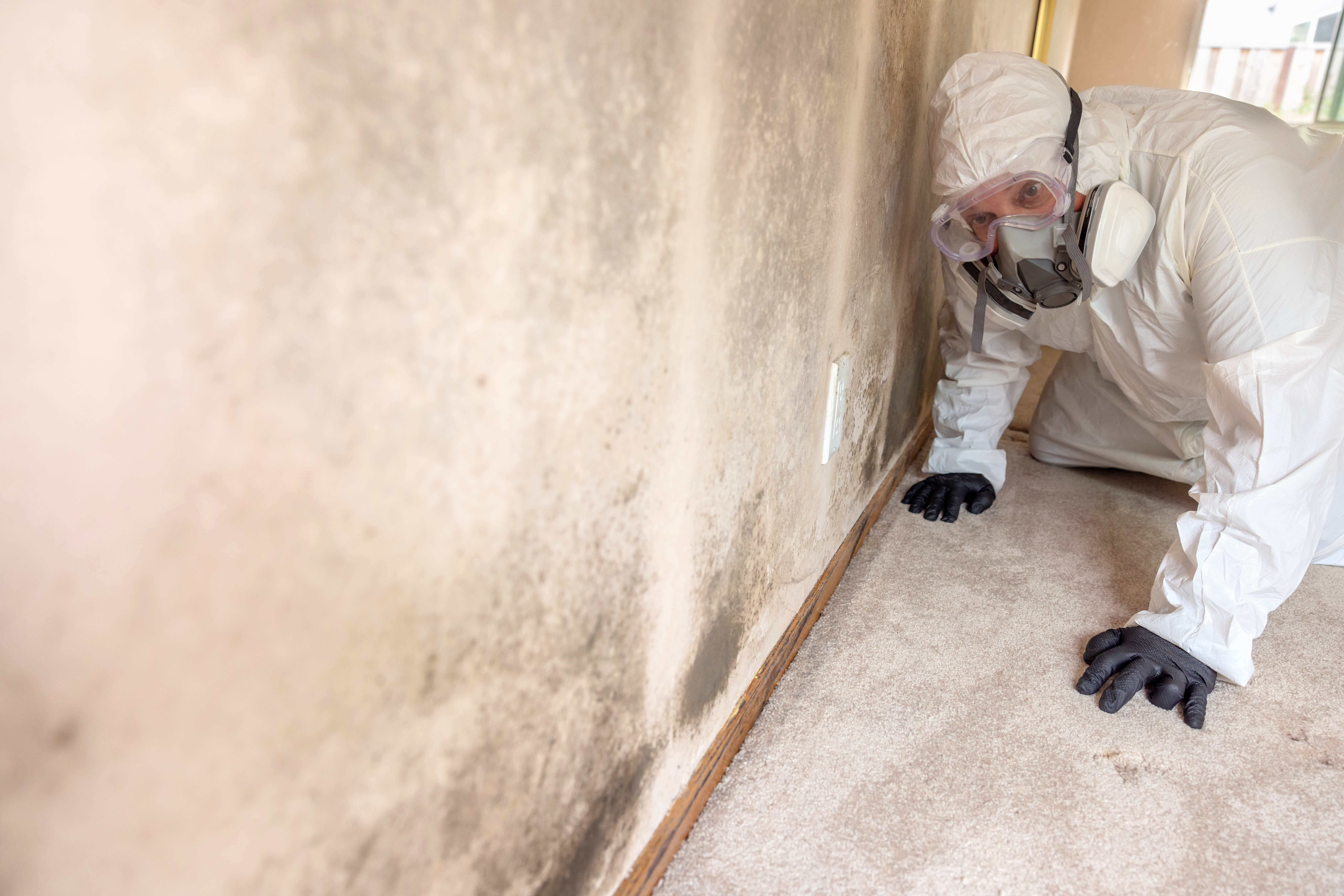
If you spot or suspect mold, put on personal protective equipment (PPE) before further inspecting or attempting to remove it. Goggles, rubber gloves, and an N95 respirator will protect the key areas. Mold spores become airborne easily, so it’s essential to wear gear that prevents mold from entering your eyes, lungs, or mouth. Mild exposure to mold can trigger allergy-like symptoms and respiratory distress, while severe, prolonged exposure can have more serious health consequences.
If possible, remove mold-covered items from your house right away. That could include small, disposable things like food, linens, shower curtains, paper goods, carpets, and rugs. Seal the moldy items in a plastic bag or sheet and toss them in an outdoor trash can or dumpster. Throw out small moldy items as long as they’re properly sealed, but large quantities of mold can be considered hazardous waste, so check local guidelines if you’re unsure.
It’s important to determine the extent of mold growth as soon as possible. Look for the major signs of mold growth in the most at-risk areas of the house. A visual inspection is the best place to start. Mold appears in fuzzy or damp patches and can be various colors, including green, black, blue, white, and brown.
Mold emits an earthy, damp, and musty odor, which you can often smell. Once you know the size and scope of the mold problem, you can decide how to remove it and whether you need to hire a pro.
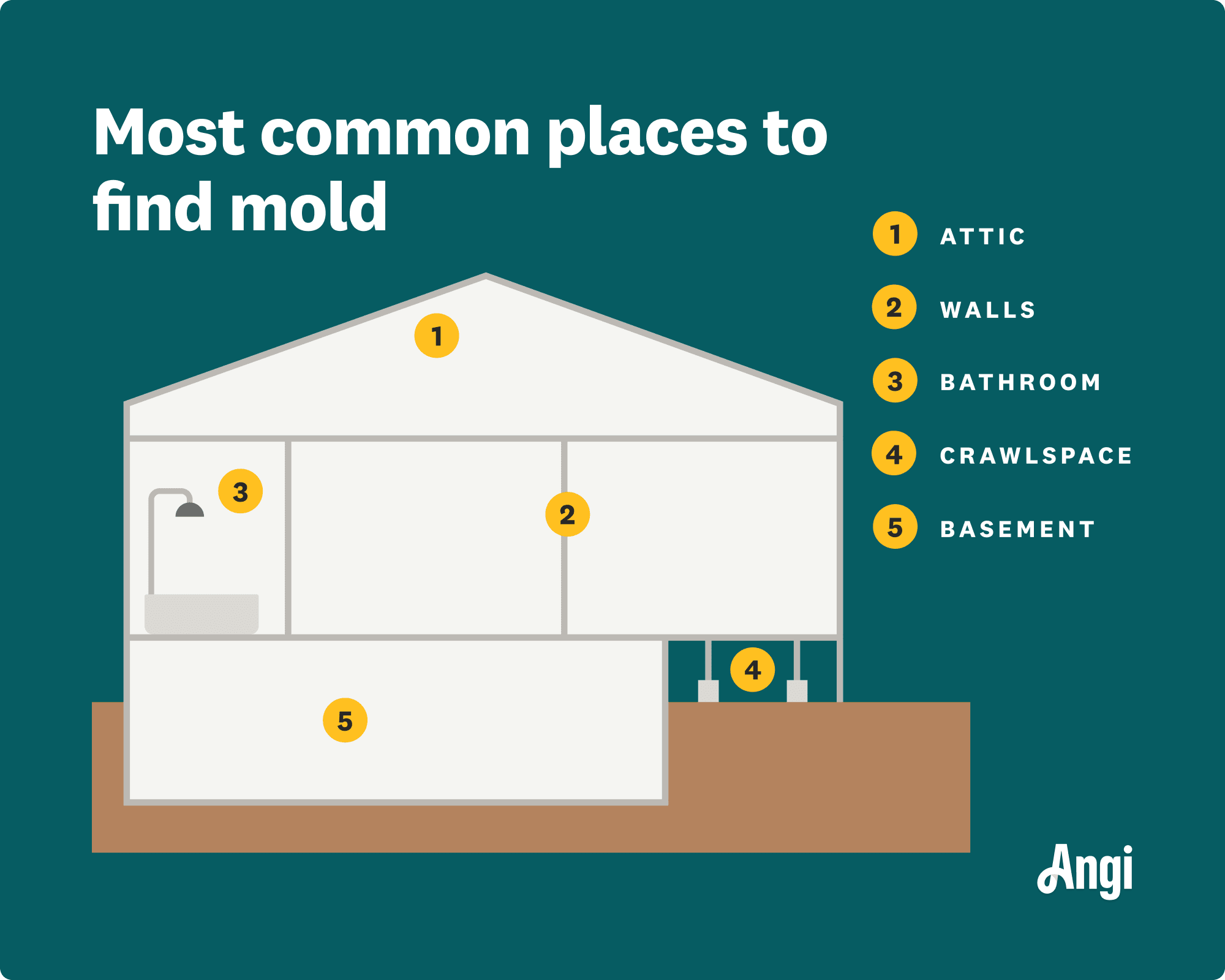
Finding and eliminating damp areas or sources of moisture in your home not only helps eliminate the mold that’s currently there but also prevents mold from returning. The exact source varies, so check the main areas of the home thoroughly. Moisture can build up on walls from excess humidity and windows due to heavy condensation. It can also be caused by leaky pipes and appliances, especially in basements and bathrooms, as well as ground seepage.
Moisture is more likely to build up and cause mold in areas that are poorly ventilated. To combat this, make sure your house has proper airflow, especially in the bathroom, basement, and kitchen. Utilizing exhaust fans in the bathroom and kitchen is a simple but effective way to avoid excess moisture. Keep in mind that you should not run your HVAC system if you think it’s contaminated with mold. Otherwise, mold spores can spread throughout the house.
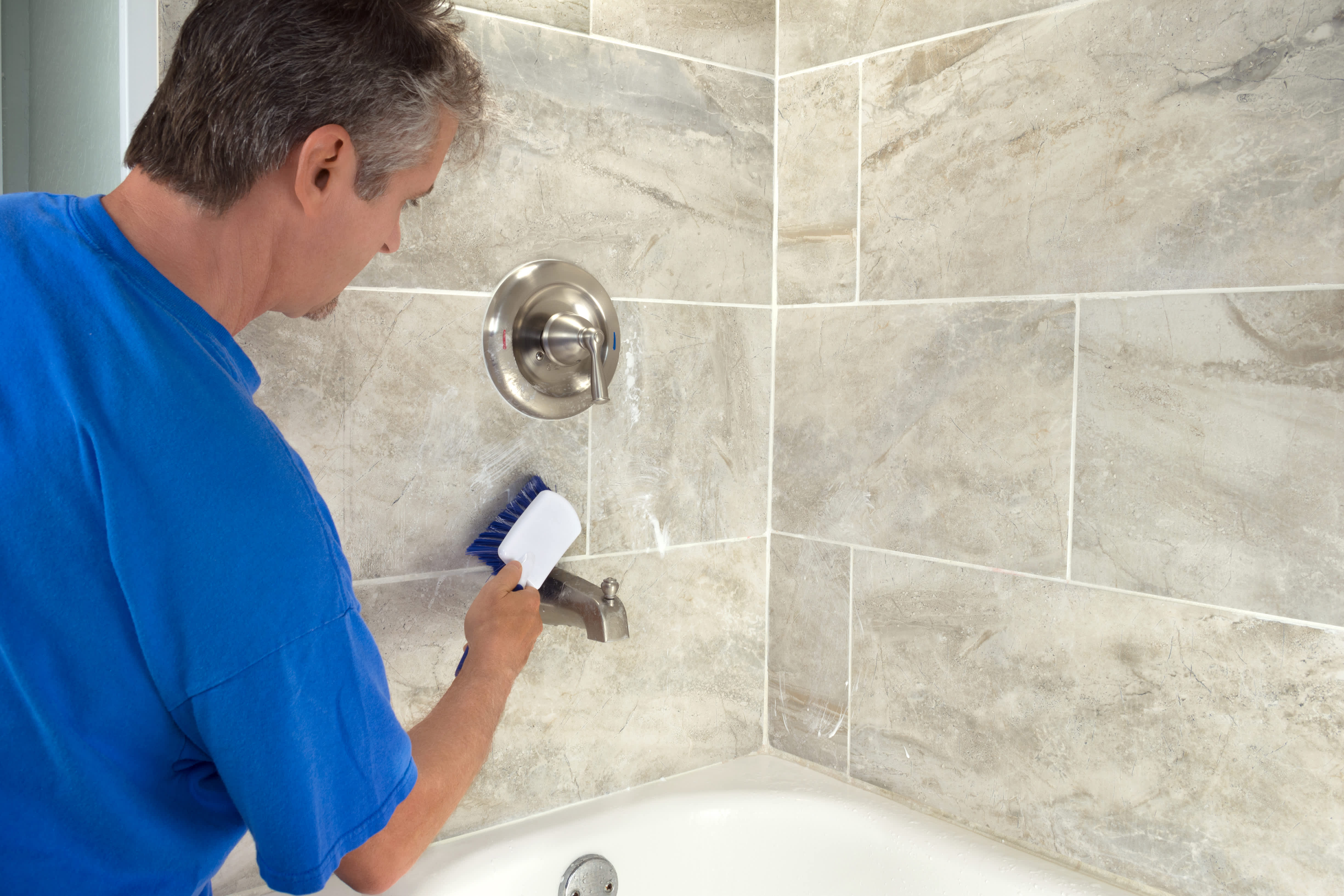
Mold can often be eradicated by scrubbing it with a soft-bristle brush and the right cleaning products. There are several natural mold killers, like vinegar, hydrogen peroxide, and baking soda. Spray these substances (or a mixture of them) onto the moldy surface, wait 10 to 15 minutes, and start scrubbing. You may need to repeat the process multiple times. Keep in mind that chlorine bleach isn’t recommended for removing mold—it’s also dangerous to mix chlorine bleach with other cleaning solutions, especially ones that contain ammonia.
It may be tempting to cover up unsightly mold with paint or caulk, but this only worsens the issue. Neither paint nor caulk contains ingredients that kill mold, so it will continue growing underneath, no matter how many layers you apply. Covering mold also traps in the heat and moisture that helps it grow.
Mold thrives in porous household materials like wood, drywall, and insulation. You may need to remove the contaminated sections of these materials. The main problem is that demolition can cause mold spores to spread throughout the house, potentially intensifying the issue. Contact a mold specialist to remove large, porous materials. They have the expertise to get the job done without spreading the mold.
Mold remediation doesn’t end when the initial growth is removed. If mold appeared in your house once, it’s possible it could return. As a result, keep a careful eye on the area where the mold grew, as well as other high-risk places. The three key conditions for mold growth are warmth, moisture, and a lack of light.
From average costs to expert advice, get all the answers you need to get your job done.

Mold remediation cost can quickly escalate. But if you have mold in your home, the cost for mold remediation is worth it.

The cost of a mold inspection might seem high, but it’s one of the best investments you can make for your health and home. Read on to learn cost-saving tips.

If you suspect mold in your home, or even outside, you need to hire the right pro to confirm its presence. Learn who to call for mold inspections to keep your home fresh.

Basement mold is a common problem that can cost thousands of dollars to remove. Use these tips to learn how to prevent mold in a basement.

Facing a pesky mold problem on your walls? Learn how to clean mold off drywall to freshen your home and keep spores away.

When you see some sort of growth in a damp area of your home, you want to know the differences between mildew and mold. Learn more about these two types of fungi.